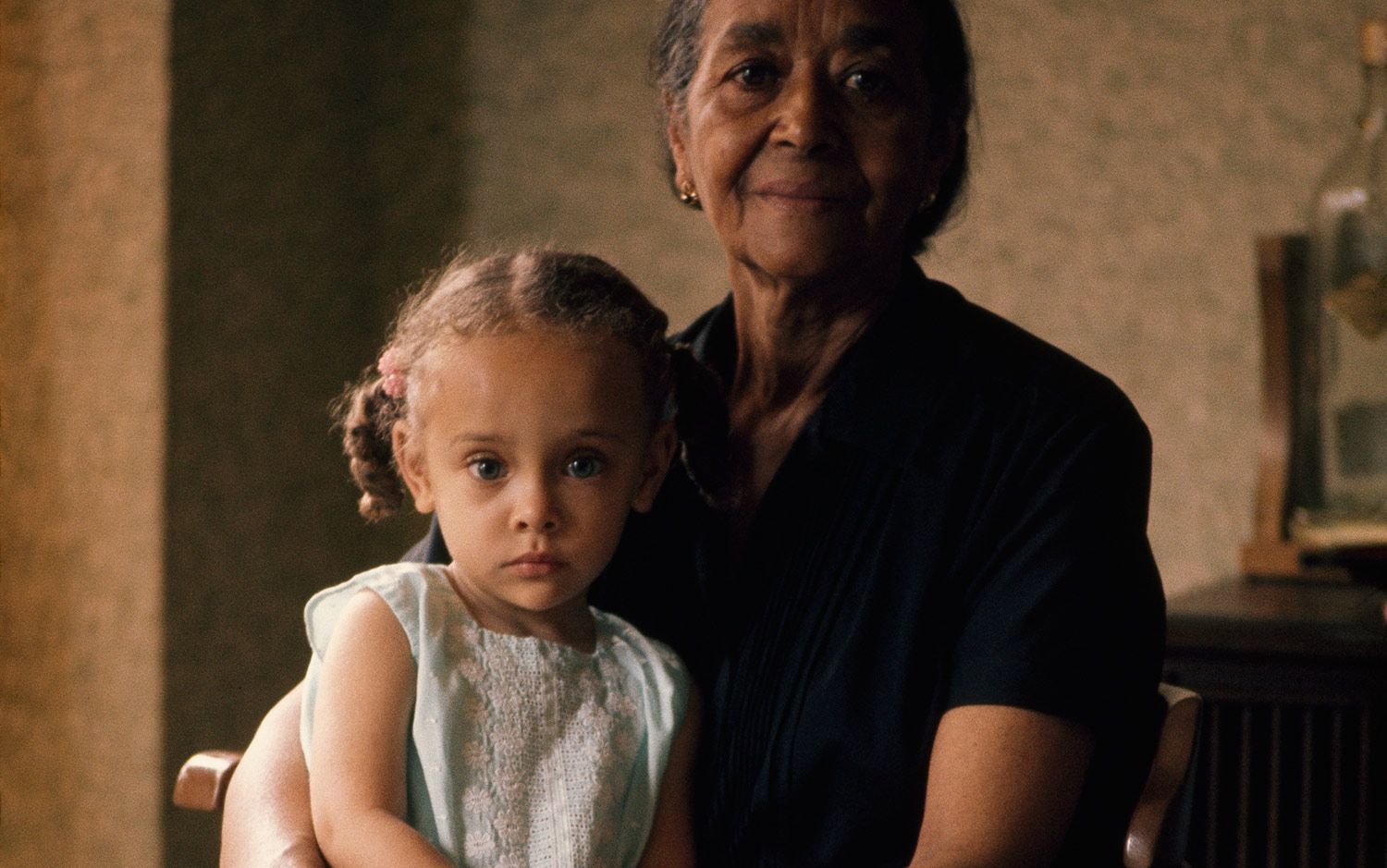African Americans in Atlanta: Adrienne Herndon, an Uncommon WomanPosted in Articles, Arts, History, Media Archive, Passing, United States, Women on 2017-02-08 16:53Z by Steven |
African Americans in Atlanta: Adrienne Herndon, an Uncommon Woman
Southern Spaces: A Journal about Real and Imagined Spaces and Places of the US South and their Global Connections
2004-03-16
DOI: 10.18737/M7XP4B
Carole Merritt
 Portrait of Adrienne Herndon, date unknown. (c) The Herndon Home. |
Overview
Ahead of her time and outside of her assigned place, Adrienne Herndon achieved acclaim in education, drama, and architecture in turn-of-the-century Atlanta. As head of the drama department at Atlanta University, as aspiring dramatic artist, as architect of what would be designated a National Historic Landmark, Adrienne Herndon set her own course in a society that rejected such independence in women. She was one of the most highly trained professional women in Atlanta, having graduated from Atlanta University normal school in preparation for teaching, and having received degrees from the Boston School of Expression and the American Academy of Dramatic Arts in New York.
Adrienne Herndon (1869–1910)
“It is simply inevitable that I should end up on the stage,” Adrienne stated in 1904 just before her Boston debut as a dramatic reader. “The footlights have beckoned me since I was a little child and I simply must respond. It has always been my dream to portray all the heroic feminine characters of Shakespeare.” (Boston Traveler, January 25, 1904). From her childhood in Savannah, through her drama studies in Boston and New York, Adrienne held on to this dream of a career on the legitimate theater stage. The harsh realities of race and gender in America, however, doomed the realization of this dream. Except for vaudeville, minstrelsy, and all-Black dramatic productions, there was no place for Blacks on the American theater stage. As the daughter of light-skinned, slave-born house servants with considerable White ancestry, Adrienne’s skin was white. She identified herself as a Creole, a racially ambiguous term by which she was neither admitting nor denying her race.
Passing for White, she made her debut in Boston…
Read the entire article here.





